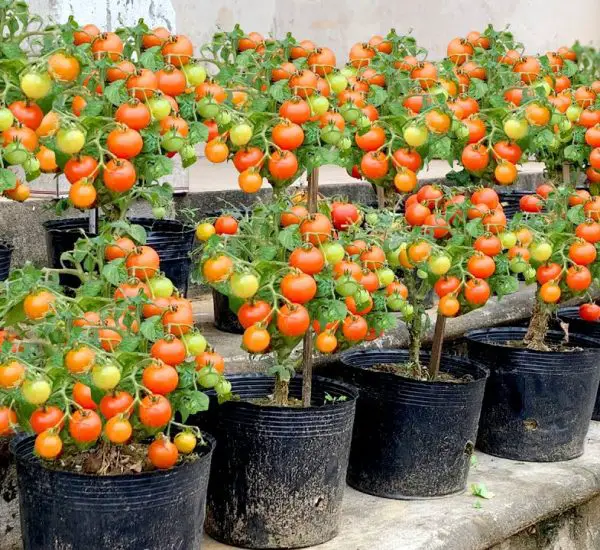Creating your dream strawberry garden with big, sweet, and abundant fruits is absolutely achievable with the right care and attention. Here’s a simple and easy guide to help you grow strawberries successfully:
Materials Needed:
- Strawberry Plants: Purchase healthy strawberry plants from a reputable nursery or garden center. Consider choosing a variety that suits your climate.
- Quality Soil: Strawberries prefer well-draining, slightly acidic soil rich in organic matter. You can also grow them in raised beds or containers filled with a good potting mix.
- Sunlight: Choose a sunny location for your strawberry garden. Strawberries thrive in full sunlight, receiving at least 6-8 hours of direct sunlight daily.
- Mulch: Apply a layer of straw or pine straw as mulch around the strawberry plants. This helps retain moisture, suppress weeds, and protect the berries from direct contact with the soil.
- Fertilizer: Use a balanced fertilizer or a specialized strawberry fertilizer. Follow the recommended application rates, and avoid over-fertilizing.
Steps:
- Planting:
- Plant strawberries in early spring or late summer, depending on your climate. Space the plants about 12-18 inches apart in rows or in a staggered pattern.
- Soil Preparation:
- Prepare the soil by incorporating organic matter such as compost. Ensure good drainage to prevent waterlogged conditions, which can lead to root rot.
- Watering:
- Keep the soil consistently moist, especially during dry periods. Water at the base of the plants to avoid wetting the foliage, which can contribute to diseases.
- Mulching:
- Apply a thick layer of straw or pine straw around the strawberry plants. Mulching helps retain soil moisture, suppress weeds, and keep the berries clean.
- Fertilizing:
- Fertilize the strawberries when they start producing runners and again in late fall. Follow the package instructions for the type of fertilizer you choose.
- Runners (Optional):
- Strawberries produce runners, which are stems that grow along the ground and can develop into new plants. You can allow some runners to root and form new plants or trim them to direct energy into fruit production.
- Protection from Birds:
- Birds love strawberries, so consider using bird netting to protect your ripening berries.
- Harvesting:
- Harvest strawberries when they are fully ripe. Pick them with the green caps still attached, as they continue to ripen after being picked. Harvesting regularly encourages more fruit production.
Tips:
- Everbearing vs. June-bearing Varieties:
- Everbearing strawberries produce fruit throughout the growing season, while June-bearing varieties produce a larger crop in early summer. Choose the type that suits your preferences.
- Renovation:
- After the final harvest of the season, renovate the strawberry bed by removing old leaves and debris. This helps rejuvenate the plants for the next season.
- Consider Container Gardening:
- If space is limited, grow strawberries in containers. Hanging baskets or strawberry pots are also popular options.
- Companion Planting:
- Planting strawberries alongside companion plants like herbs or flowers can help deter pests.
By following these steps and tips, you can create a dream strawberry garden with big, sweet, and abundant fruits. Adjust the guidelines based on your specific growing conditions and strawberry variety. Happy gardening!
Show Comments



